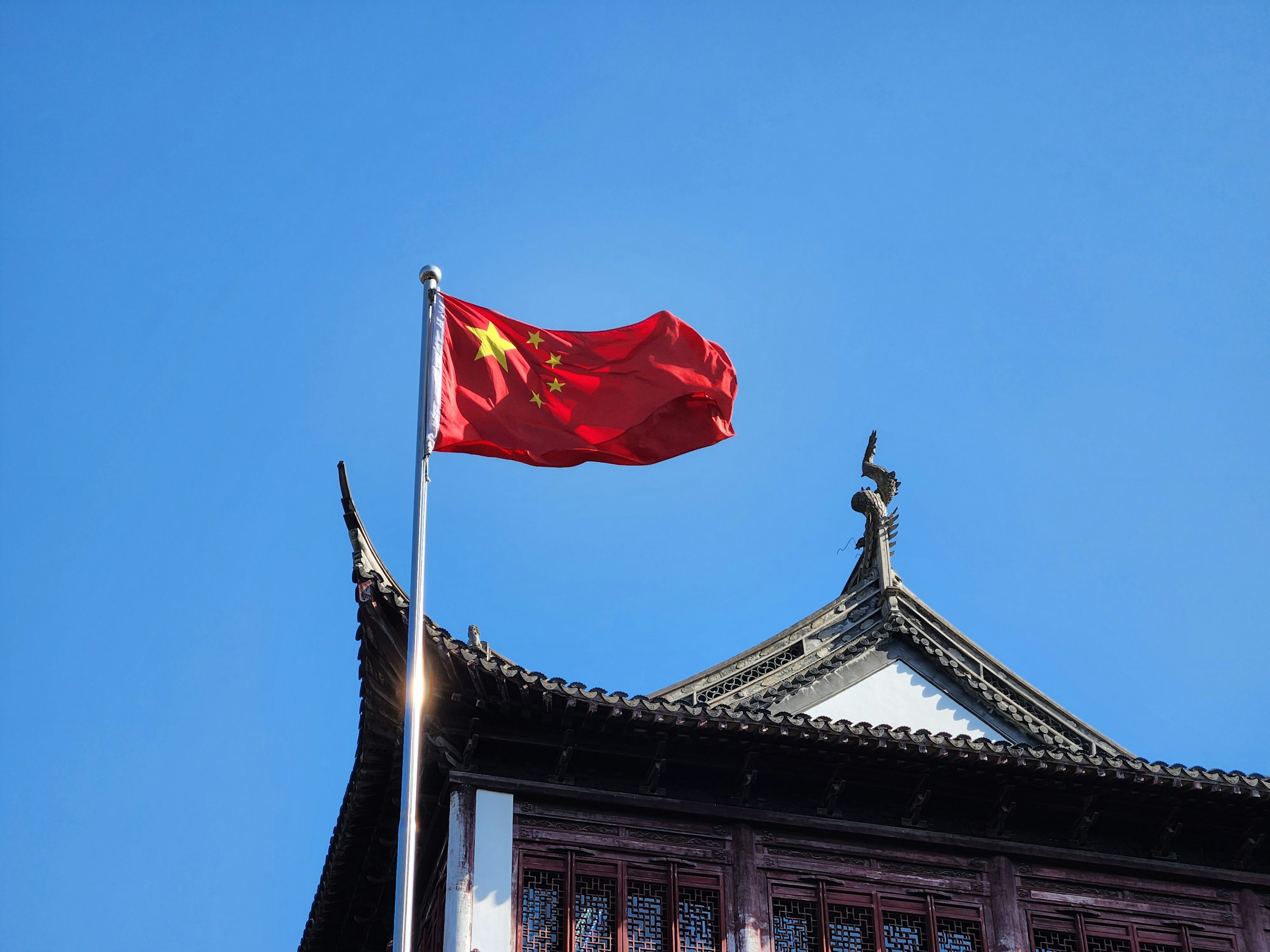China’s industrial profits extend decline in July. That line reads like routine data, yet it captures a deeper strategic problem. Earnings fell again even as output rose, prices at the factory gate stayed negative, and bank lending shrank for the first time in two decades. The composite picture is not simply cyclicality. It is margin compression in a system grappling with overcapacity, soft domestic demand, and a policy mix caught between targeted easing and structural clean-up. Profits dropped 1.5 percent year over year in July, the third consecutive fall, leaving the January to July tally down 1.7 percent from a year earlier. State firms led the weakness, with a notably larger decline than private and foreign peers, which showed small gains. These are not trivial distributional details. They signal where policy burdens and price controls are heaviest, and where competitive pressure is most acute.
The backdrop is unhelpful. Industrial output still grew 5.7 percent in July, yet retail sales slowed to 3.7 percent. Production is running, consumption is hesitant, and inventories remain an unspoken arbiter of future pricing. Producer prices fell 3.6 percent year over year, matching June’s drop and underscoring persistent deflation at the factory gate. In real terms, that means businesses are selling more units into a softer price environment, which rarely improves net margins. The consumer side is tepid too, with headline CPI flat on the year, so there is little downstream relief for top-line growth.
Credit conditions turned from concern to signal. New yuan bank loans contracted by roughly 50 billion yuan in July, the first monthly decline in about twenty years. Seasonality explains some cooling after a strong June, but not a negative print. When both household and corporate borrowing retreat at once, it reflects a shortage of conviction more than a shortage of liquidity. The central bank can trim policy rates or guide loan pricing, yet in a profit squeeze the constraint is demand for risk, not the price of it.
Policy messaging has toggled between targeted support and tougher discipline on “disorderly” price competition, especially in autos, solar, steel, and upstream materials. Markets have started to price a more serious capacity clean-up, with sharp rebounds in some commodity prices after regulators flagged enforcement and inspections across glut-prone sectors. That rally is part sentiment, part supply-side hope. It will only translate into sustained corporate earnings if consolidation and exit actually occur rather than being discussed. The profit data suggest that transition is incomplete.
The composition of profits matters. State-owned enterprises posted the steepest declines, while private and foreign-funded firms eked out gains. Read that as uneven exposure to policy duty and market pricing. State incumbents often carry social objectives and legacy assets that dull responsiveness when prices fall. Private and foreign operators lean into niche profitability or export arbitrage, which helps at the margin when domestic demand is weak. It does not, however, offset systemwide pressure from negative producer prices and discounting in crowded markets.
June’s inflection points also set up July’s disappointment. Profitability was already rolling over in June, down 4.3 percent year on year, and the first half closed with a 1.8 percent decline. The improvement to a 1.7 percent contraction by July reflects base effects more than a fundamental turn. If anything, the sharper deceleration in retail sales and the credit contraction argue that earnings risk remains biased to the downside absent firmer household demand.
What does this say about strategy rather than the cycle. First, capacity management is now earnings policy. Administrative exhortations will not deliver margin repair without actual exits, mergers, or throughput cuts in sectors that have chased volume over value for years. Second, the demand lever has to move beyond rate trims and vouchers. A household balance-sheet approach that stabilizes property-linked wealth effects and reduces precautionary saving would do more for industrial pricing power than another targeted lending window. Third, export resilience helps but cannot carry the system. External markets can cushion specific supply chains, yet the mix of tariffs, anti-subsidy probes, and a wary global buyer base limits how much China can outrun domestic softness by shipping more abroad.
The regional contrast is instructive. Gulf producers, for example, are tightening supply in metals and energy value chains while coaxing private capital into downstream projects that target higher value per unit rather than more units per line. Europe is constraining subsidized imports and moving to de-risk critical segments where price dumping has been most acute. Both approaches compress easy volume growth for China’s producers and make domestic consolidation more, not less, urgent. None of this precludes a rebound in quarterly numbers. It does, however, define the next several years of industrial strategy as a margin game rather than a scale game.
The signal beneath the July print is clear. Earnings contraction, factory-gate deflation, and a rare loan decline point to a system that needs capacity discipline and real demand repair, not only credit lubrication. Policy can still stabilize the path. Profits will follow only when price competition turns orderly and households feel confident enough to spend into it. The targets are familiar. The allocation choices will decide whether they stick.












.jpg&w=3840&q=75)
.jpg&w=3840&q=75)
